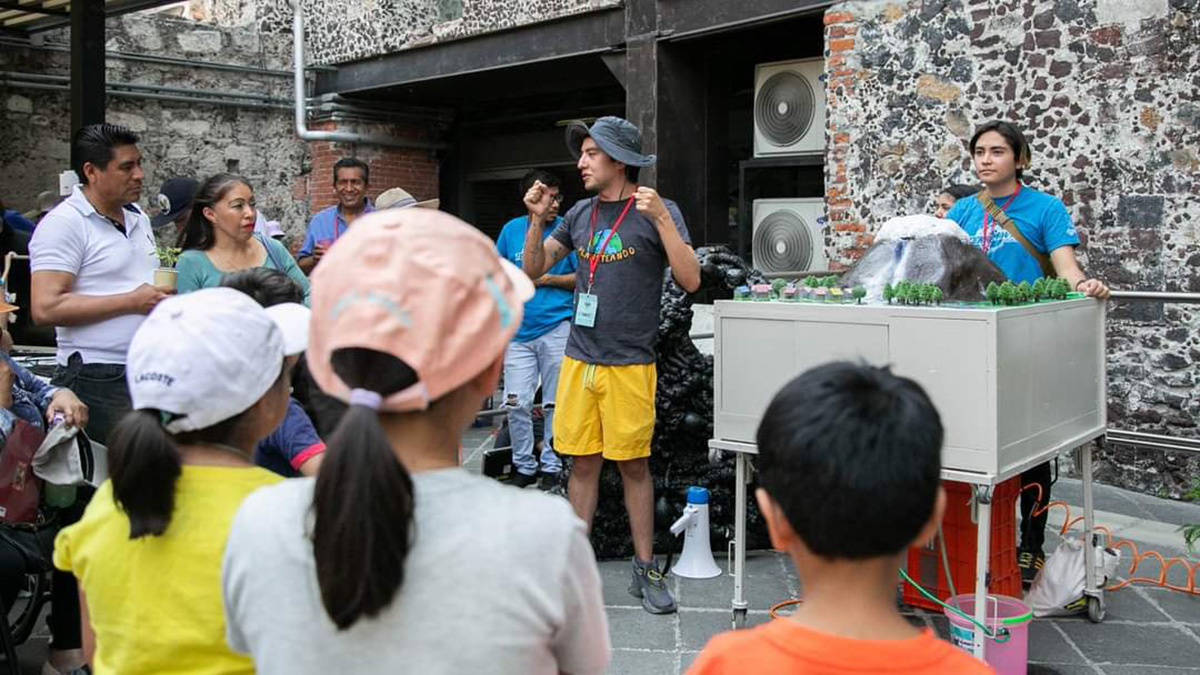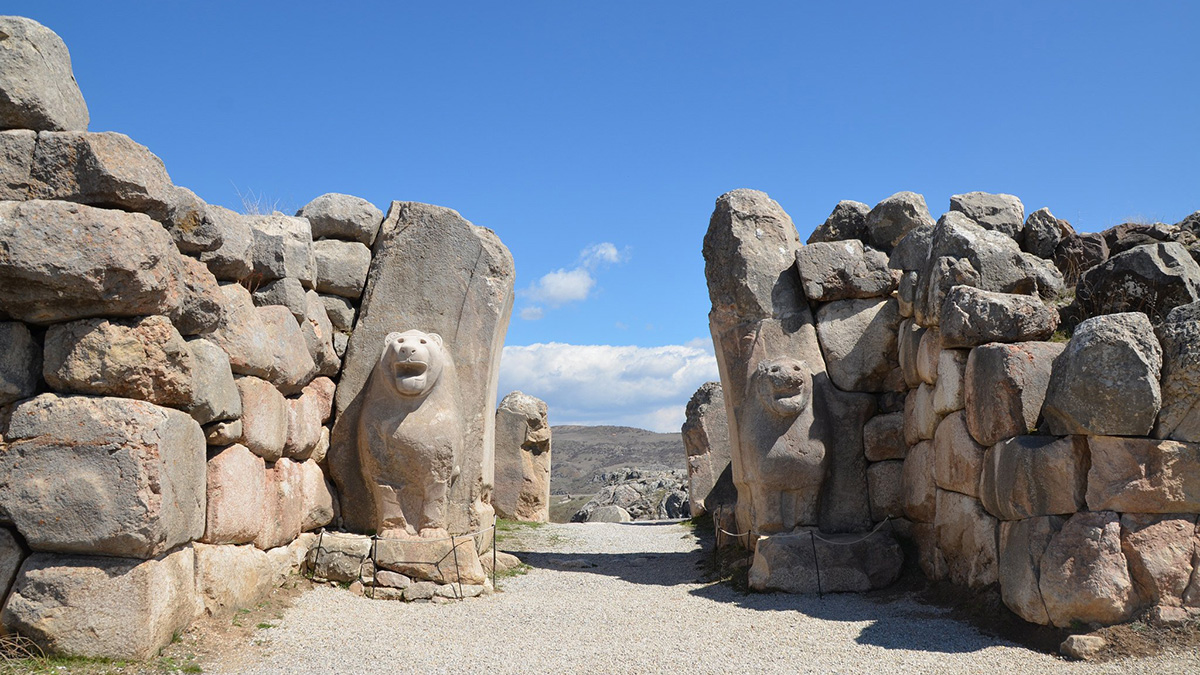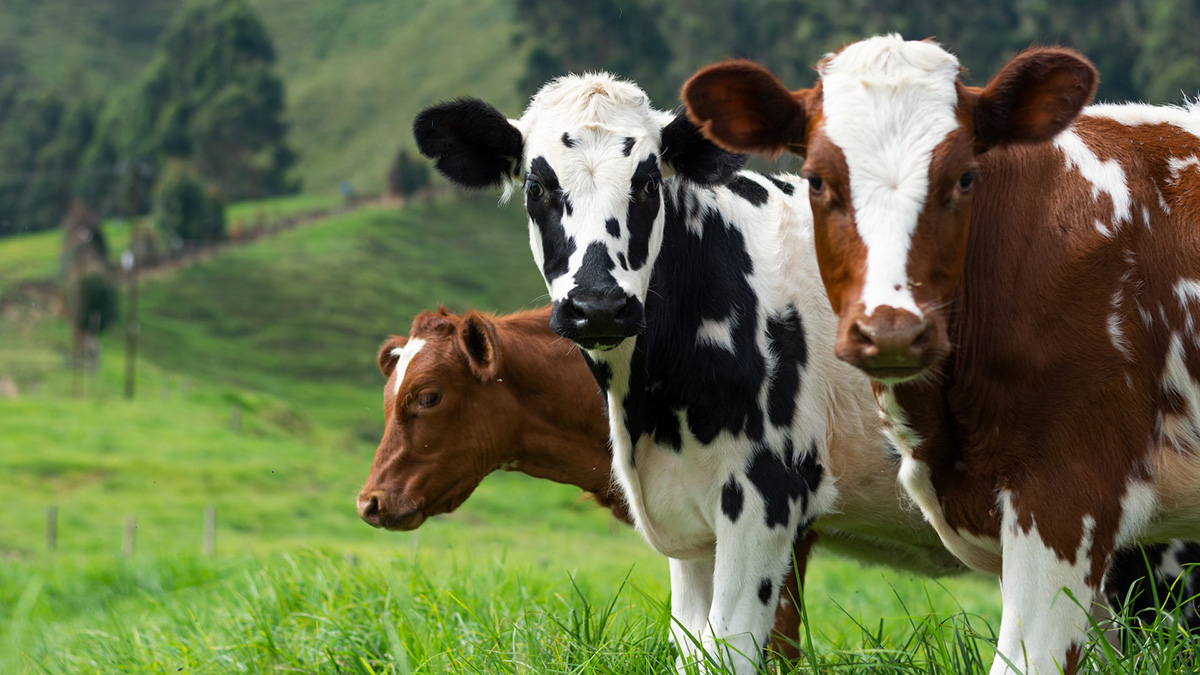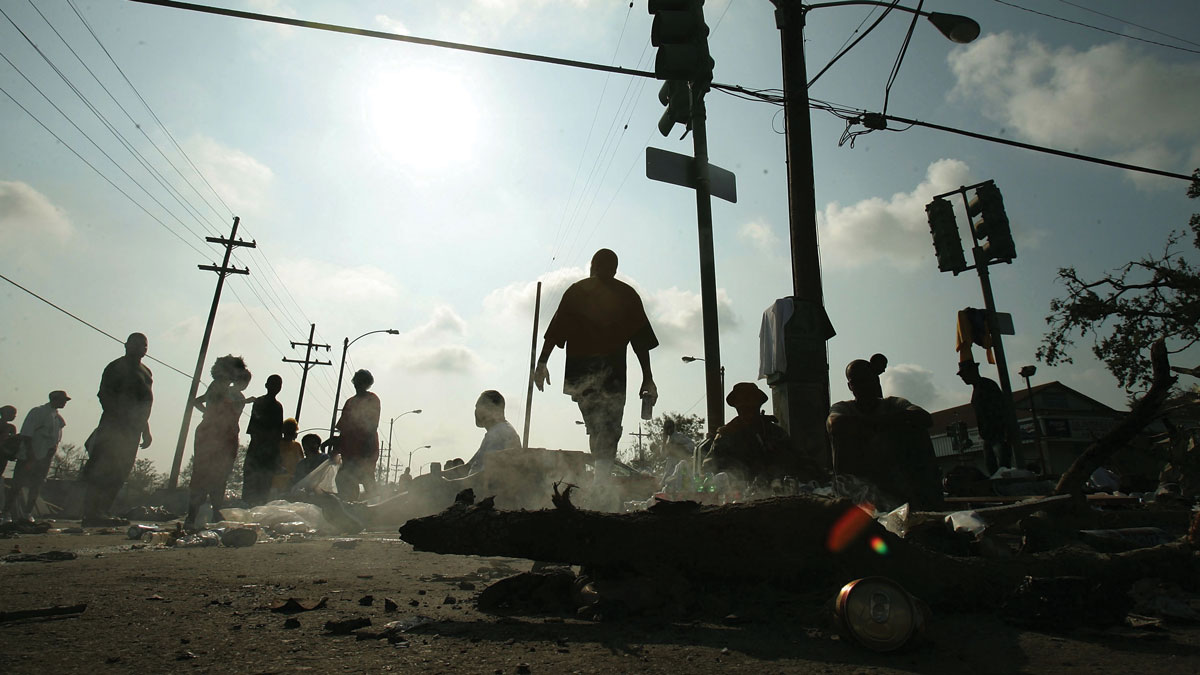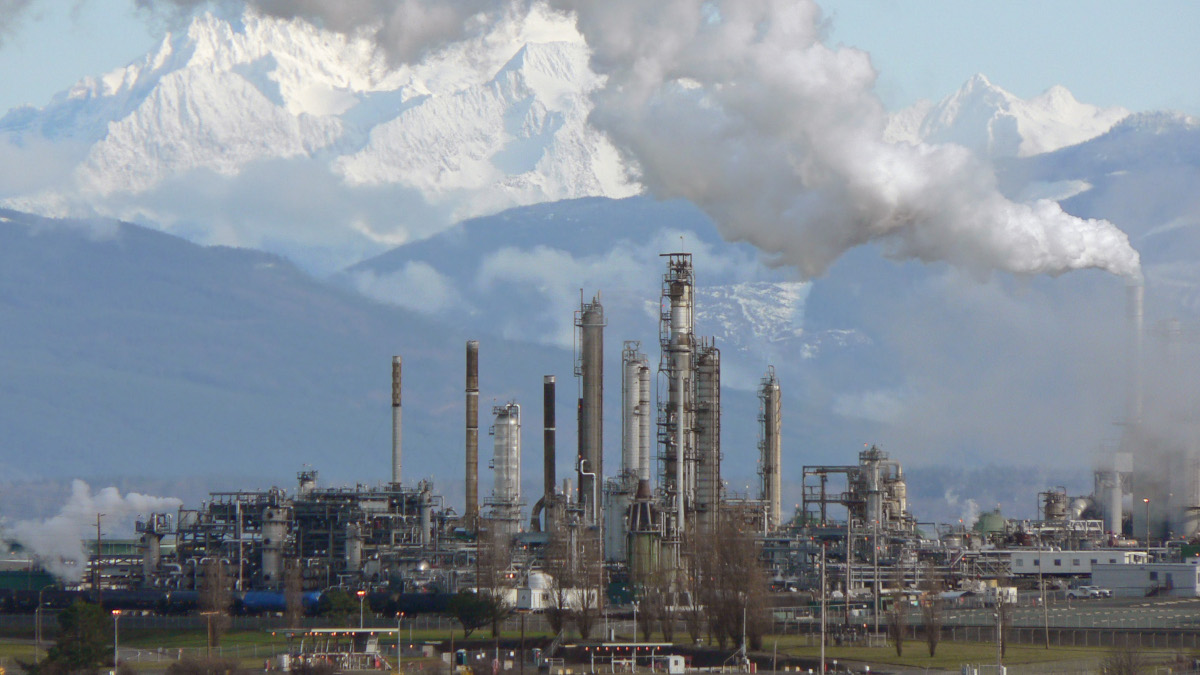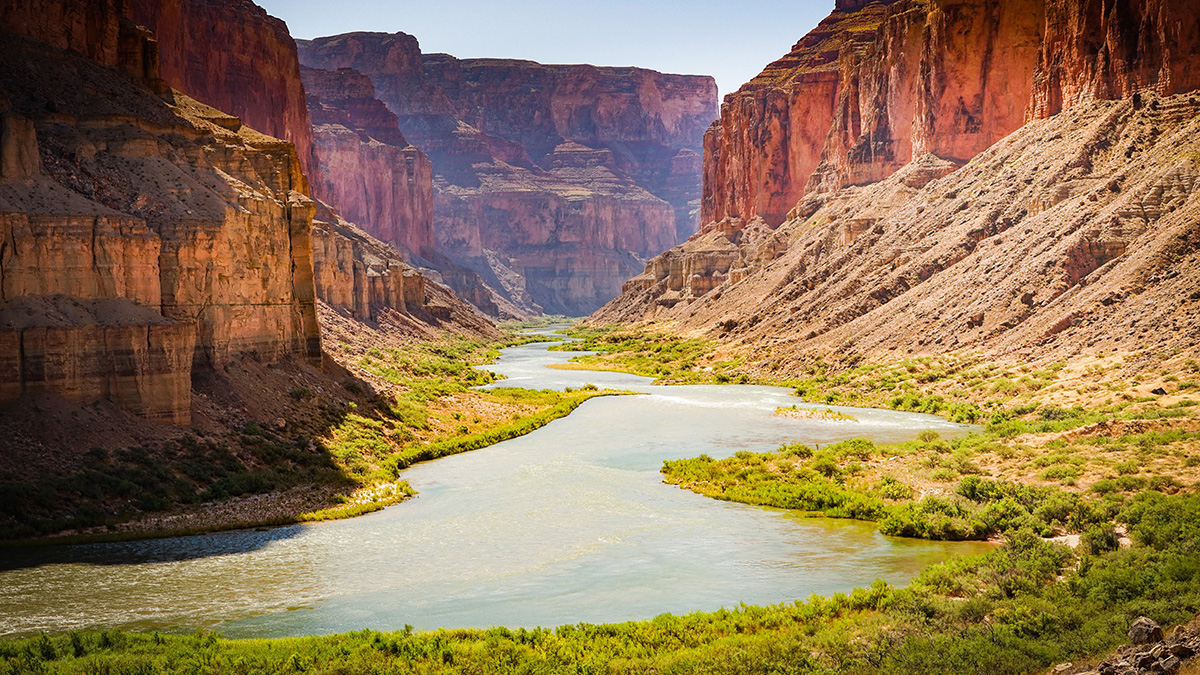Un nuevo estudio separa las emisiones de gases de efecto invernadero provenientes de la agricultura, mostrando cómo lo que comemos calienta el planeta.
culture & policy
Mexico’s Biggest Earth Science Festival Draws Crowds
More than 1,400 people attended TierraFest 2023, an annual event where children, teenagers, scientists, and activists share knowledge about Earth sciences and the environment in Mexico.
Tree Rings Hint at the Fall of the Hittite Empire
The Bronze Age civilization adapted to changes in climate but suffered during a prolonged crisis.
Food Production Could Add 1°C of Global Warming by 2100
A new study teases apart greenhouse gas emissions from agriculture, showing how the food we eat heats up the world.
The Mental Toll of Climate Change
Researchers are more quickly acknowledging the many ways in which the global climate crisis is affecting our mental health.
Climate Change Knocks It Out of the Park
A climate curve ball: Short-term gains in home runs might soon give way to long-term problems when it gets too hot to play.
EPA Air Pollution Proposal Stirs Debate
The agency’s proposal to tighten standards for small-particulate pollution has prompted opposing calls for tighter and looser regulations.
Collaboration Helps Overcome Challenges in Air Quality Monitoring
Everything looks ideal for collaboration: interest from community members, a new method for monitoring air quality by scientists, and interest from policymakers. What happens next?
Ten Rivers Facing Pollution, Development, and Climate Change—And Policies That Can Help
An annual report highlights 10 waterways that have arrived at forks: where public support could determine whether they receive protection.
Demographic Data Support Inclusive and Equitable Publishing
AGU aims to increase inclusion in publishing. We need to have good data to show where we are and track our progress. Please help us by updating your profile today.


